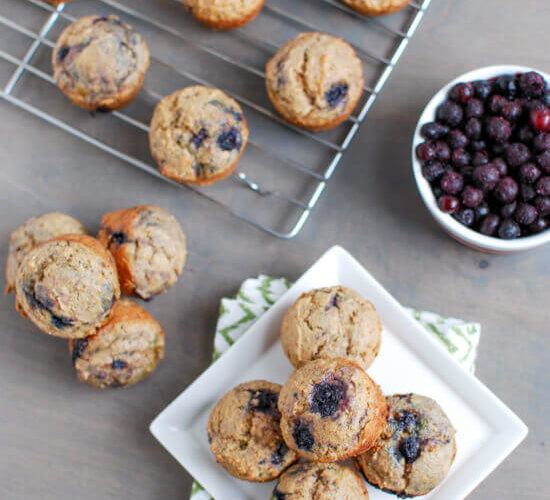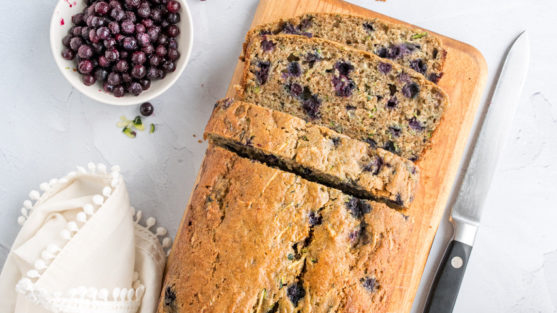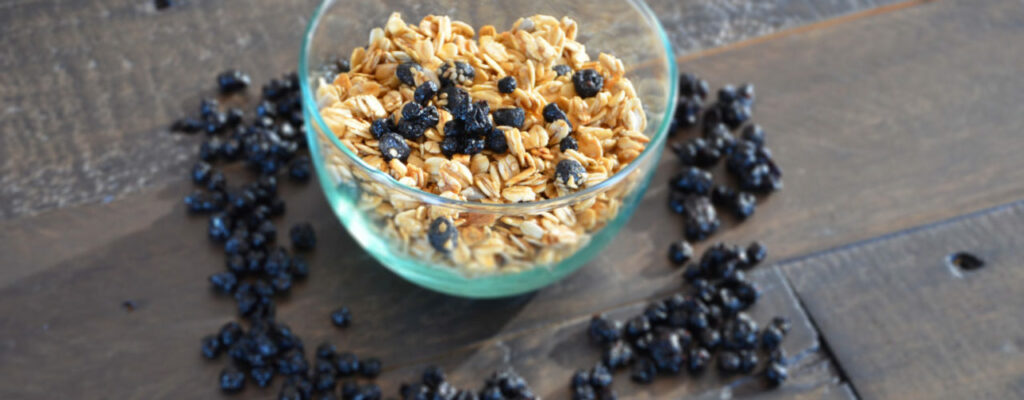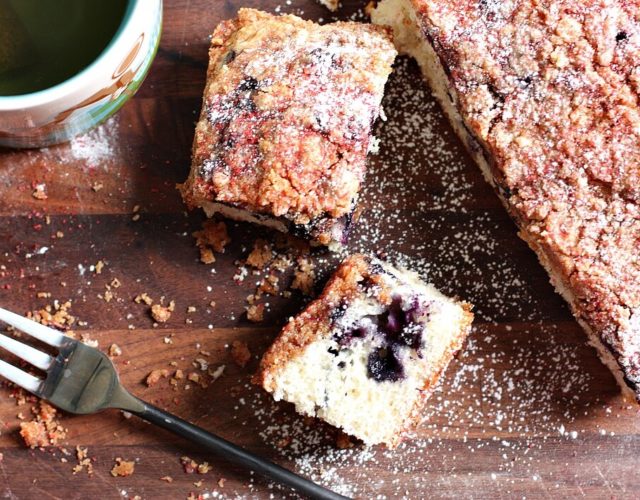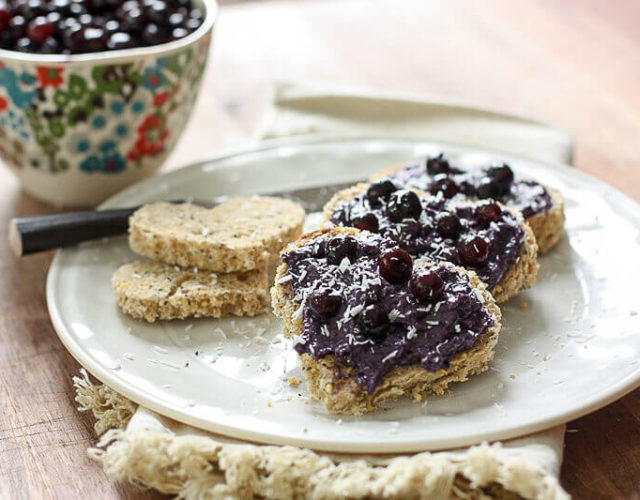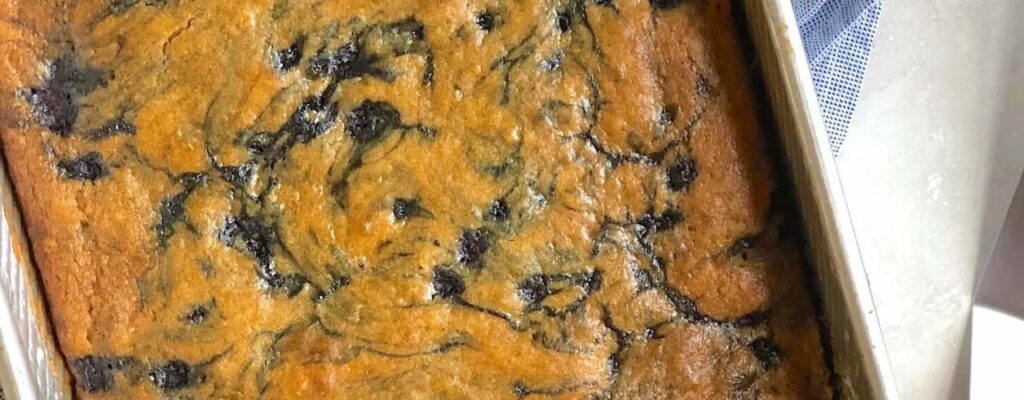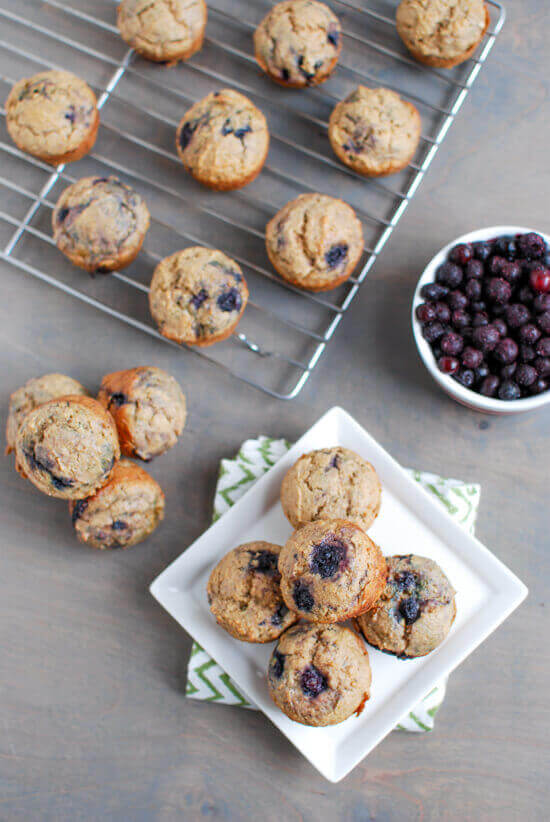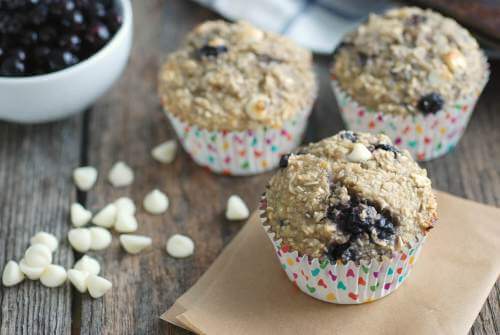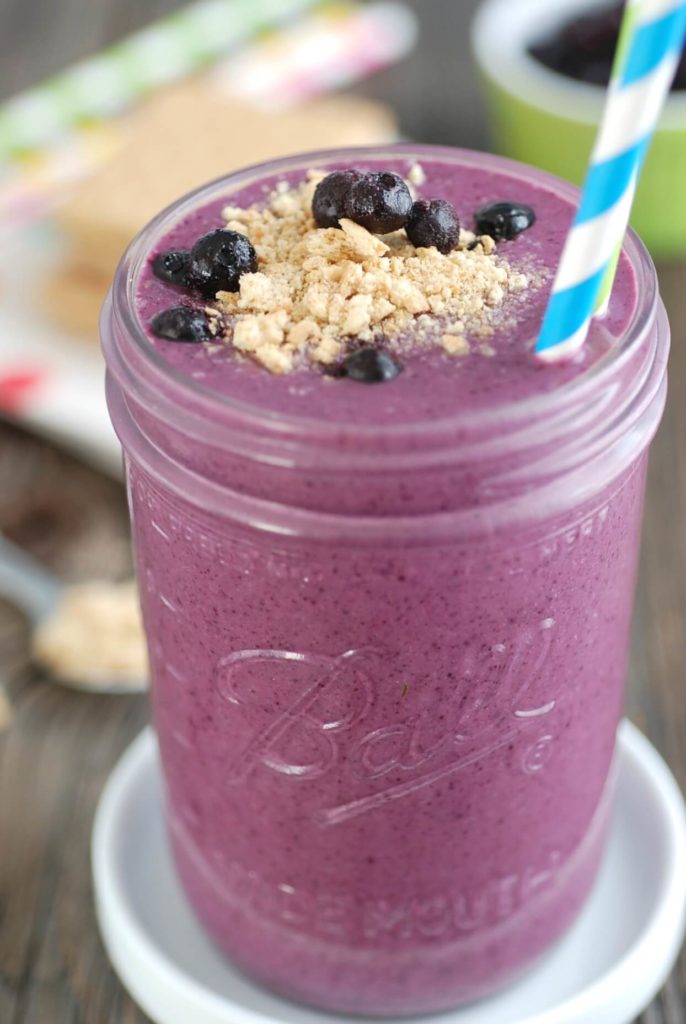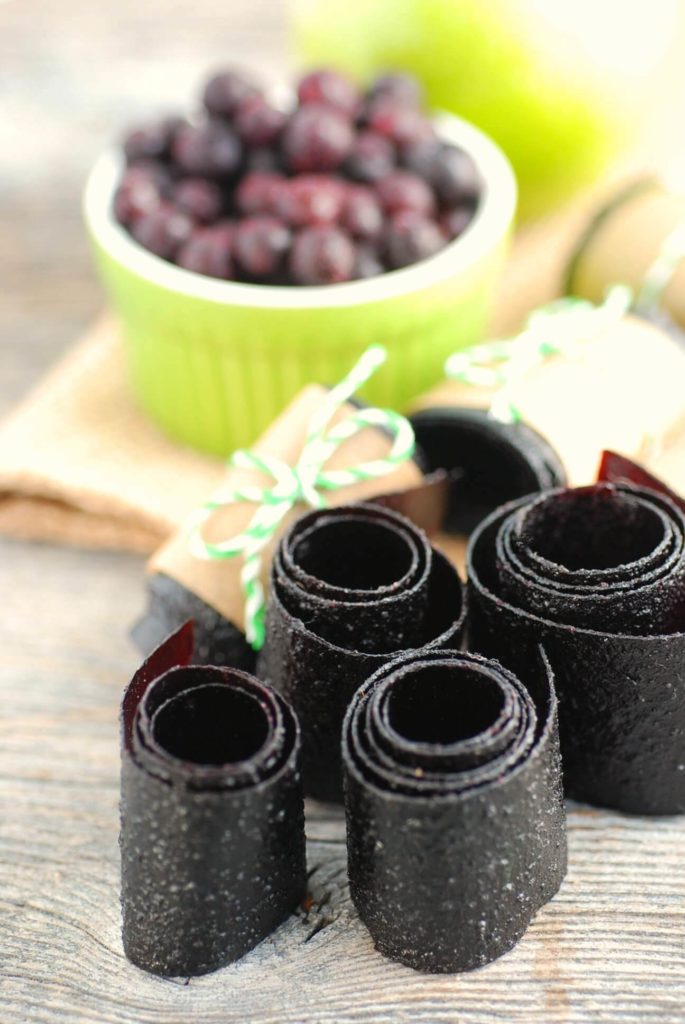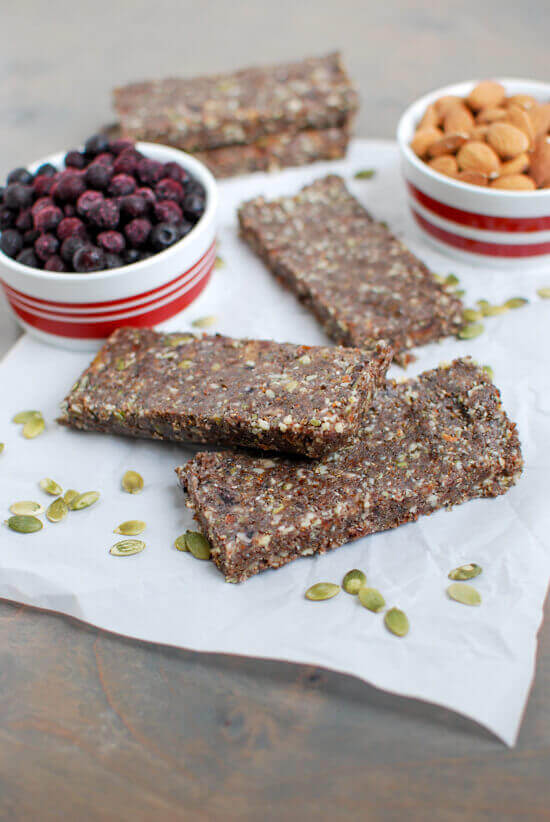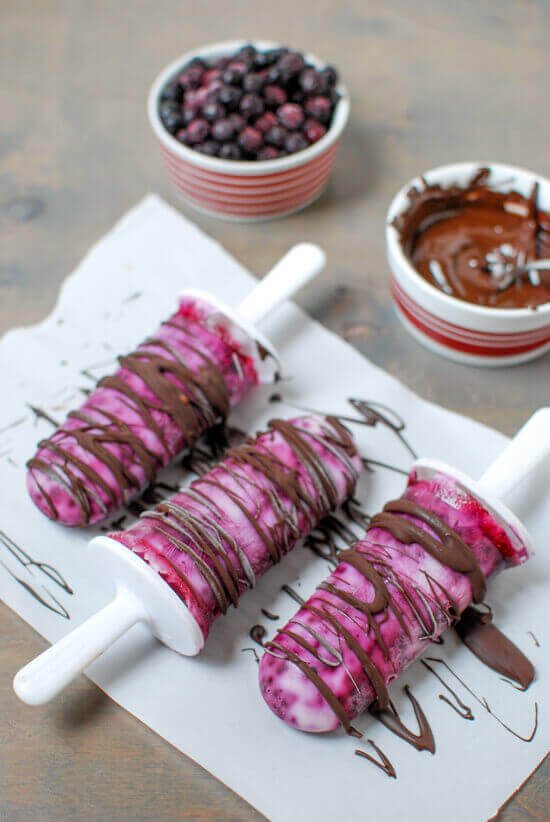As we switch gears from summer to fall, back to school time brings lots of things to mind, including new school clothes, new teachers, and a renewed emphasis on habits to support our children as they get back into the classroom. And, while your child might be more interested in picking out a new lunchbox, you are probably more concerned with figuring out what goes into it. Not to worry—we’ve got you covered with information on brain-healthy foods (like wild blueberries) and kid-friendly lunch and snack ideas to help support a smooth back-to-school transition for the whole family.
Which foods support developing brains?
Healthy food helps grow healthy bodies, but did you know that there is increasing scientific evidence of a link between improved nutrition, brain development, and optimal brain function?1 Research also suggests that cognitive ability attained in childhood determines, in part, cognitive ability in adulthood.2 And since the brain develops faster than the rest of the body during childhood, nourishing your young one’s noggin by choosing healthy foods is a priority.
In general, brains are best fueled by a diet that’s filled with nutrient-packed foods that deliver an array of vitamins and minerals, protein, and healthy fats. Foods that deliver essential nutrients needed for proper growth and development of both body and brain include:
- colorful fruits, especially blue/purple/red colored berries (like wild blueberries!),
- vegetables,
- eggs,
- whole grains,
- legumes,
- nuts,
- seafood,
- lean protein,
- and dairy products.
Do wild blueberries boost brain power in kids?
Our brains and cognition are complex, and research is designed to test specific aspects of cognition in a highly controlled way. A growing body of scientific evidence suggests that children and teens perform better on specific cognitive tests within a matter of hours after eating wild blueberries. Studies examining wild blueberries reported positive impacts in three specific areas of children’s cognition, including:
- Memory: Two studies that tested children ranging from ages seven to 10 found that consuming a wild blueberry beverage improved performance on a word list recall task. Improvements were detected in children taking the wild blueberry drink, but not the placebo drink, as soon as two hours after intake and later on throughout the day.3,4
- Executive function: Executive function is a category of cognitive ability that helps us to plan, organize, focus, concentrate, problem solve, and self-regulate. Cognitive skills involving executive function are not fully developed until early adulthood. Children who have problems with executive function can face academic challenges .5 A recent double-blind placebo-controlled study reported that children who consumed a wild blueberry drink performed better on computer-based tests that examined attention and decision-making. By testing at different times and using tests of increasing difficulty, researchers noted that wild blueberry intake had a greater impact as tests became more difficult.6
- Mood: It’s widely known that adolescent youth are vulnerable to developing depression during an important period of cognitive development. Researchers in the UK conducted a controlled, double-blind trial to investigate the impact of wild blueberry consumption on mood in children and teens. In this study, the young participants responded to questions using a numbered score, and responses from those who consumed a wild blueberry drink shared a better positive mood score than those who consumed the placebo when measured two hours after intake.7 According to one of the researchers, a sustained low mood is a core feature of depression. Another study by the same research group looked at self-reported mood in 64 healthy teenagers randomly assigned to take either a wild blueberry drink or placebo daily, for four weeks. When surveyed at the conclusion of the study, the teens who had consumed the wild blueberry drink had significantly lower scores on measures related to depression symptoms compared to those in the placebo group*.8
How do wild blueberries impact cognition?
The mechanisms underpinning the beneficial effects of wild blueberries on cognition and brain function are not fully understood. Right now, researchers believe that the abundant anthocyanin flavonoids of wild blueberries may be a big part of the answer. Flavonoids are a diverse group of natural bioactive compounds found in fruits, vegetables, coffee, cocoa, and tea. In wild blueberries, anthocyanins—which are the red, blue, and purple berry pigments—are the predominant flavonoid. In fact, wild blueberries have 33% more anthocyanins than regular blueberries. During digestion, anthocyanins break down extensively. It’s likely that anthocyanins and their breakdown products are largely responsible for the specific health effects seen with blueberries.9
For more information about wild blueberries, cognition, and brain health, check out our brain health content hub.
Don’t let fruit fall off the plate (or bowl)
Getting flavonoids in your child’s diet means making sure that they eat plenty of fruits and vegetables. According to the Dietary Guidelines for Americans, while preschool-aged children generally have adequate fruit and vegetable consumption, average produce consumption by late adolescence is about half of the recommended amount. The Guidelines specifically recommend that total fruit consumption be maintained throughout childhood and teen years to optimize overall food intake and nutrition. In general, this means kids ages two through 18 should get from 1-2 ½ cup equivalents of fruit per day, depending on caloric intake and age.10 Providing children with a variety of fruit choices, including both fresh and frozen fruit like wild blueberries or more processed products that are deeply colored, (e.g., juice), means kids will get the wide range of fruit and berry bioactive nutrients they need.
Start a lifetime wild blueberry habit this school year
You know that kids like foods that are fun and taste good. Luckily, wild blueberries are super tasty (with no added sugar!) and fun to eat–think purple tongues! And parents appreciate the health aspects, versatility, and good value of frozen wild blueberries.
We’ve covered how wild blueberries can improve cognition, and there is also a growing number of long-term population studies providing evidence that daily intake of moderate amounts of anthocyanins can support human health and reduce disease risk as we age. In these epidemiological studies, diet records obtained from large populations over many years correlate the intake of specific foods and food components (including anthocyanins) with health outcomes. Overall, there is a robust body of published research showing us how and why you should make wild blueberries a daily habit for you and your family.
Kid-approved ways to use wild blueberries
Adding wild blueberries to your back-to-school routine is a win for everyone.
Here are some easy ideas that kids will love:
- Goodness, straight from the bag: Wild blueberries are picked at the peak of their ripeness, washed and flash frozen, which locks in nutrients and preserves fresh wild flavor. Frozen wild blueberries need no adornment, they are delicious as they are! Lots of kids like to eat them frozen, or just slightly thawed. Just put them in a bowl or custard cup and hand your child a spoon—it doesn’t get easier than that.
- A daily sprinkle: Adding a sprinkle of wild blueberries to foods that your child is already in the habit of eating daily is a great “add-on.” Try a sprinkle of wild blueberries over cold cereal, oatmeal, or yogurt. At dinner time, a sprinkle of wild blueberries makes a colorful and refreshing addition to a green salad or fruit salad.
- Smooth operator: Enjoying wild blueberries in a smoothie is one of the favorite ways that kids like to eat them. Adding a scoop of frozen wild blueberries adds a flavor boost to any smoothie, while bumping up the nutrition factor–plus, the frozen berries keep smoothies nice and frosty. Check out our variety of smoothie recipes.
- Freeze it up: Wild blueberries can be easily made into delicious frozen treats like ice-pops, ice cream, and sorbet. A wild blueberry ice pop after school is a treat that’s hard to beat—such a fun way to get a good dose of anthocyanins and other nutrients. Your kids (and their growing brains) will thank you!
For more ideas and recipe inspiration, check out the huge recipe collection on our website.
References:
- Gow, A. J., Johnson, W., Pattie, A., Brett, C. E., Roberts, B., Starr, J. M., & Deary, I.J. Stability and change in intelligence from age 11 to ages 70, 79, and 87: the Lothian Birth Cohorts of 1921 and 1936. (2011) Psychology and Aging, 26(1), 232–240. https://doi.org/10.1037/a0021072
- Whyte, A. R., & Williams, C. M. Effects of a single dose of a flavonoid-rich blueberry drink on memory in 8 to 10 y old children. (2015) Nutrition, 31(3), 531–534. https://doi.org/10.1016/j.nut.2014.09.013
- Whyte, A. R., Schafer, G., & Williams, C. M. (2016). Cognitive effects following acute wild blueberry supplementation in 7- to 10-year-old children. (2016) European Journal of Nutrition, 55(6), 2151–2162. https://doi.org/10.1007/s00394-015-1029-4
- Whyte, A. R., Schafer, G., & Williams, C. M. (2017). The effect of cognitive demand on performance of an executive function task following wild blueberry supplementation in 7 to 10 year old children. Food & Function, 8(11), 4129–4138. https://doi.org/10.1039/c7fo00832e
- Khalid, S., Barfoot, K. L., May, G., Lamport, D. J., Reynolds, S. A., & Williams, C. M. (2017). Effects of acute blueberry flavonoids on mood in children and young adults. Nutrients, 9(2), 158. https://doi.org/10.3390/nu9020158
- Fisk, J., Khalid, S., Reynolds, S. A., & Williams, C. M. (2020). Effect of 4 weeks daily wild blueberry supplementation on symptoms of depression in adolescents. The British journal of nutrition, 1–8. Advance online publication. https://doi.org/10.1017/S0007114520000926
- Kalt, W., Cassidy, A., Howard, L. R., Krikorian, R., Stull, A. J., Tremblay, F., & Zamora-Ros, R. (2020). Recent Research on the Health Benefits of Blueberries and Their Anthocyanins. Advances in nutrition (Bethesda, Md.), 11(2), 224–236. https://doi.org/10.1093/advances/nmz065
- U.S. Department of Agriculture and U.S. Department of Health and Human Services. Dietary Guidelines for Americans, 2020-2025. 9th Edition. December 2020. Available at DietaryGuidelines.gov.
